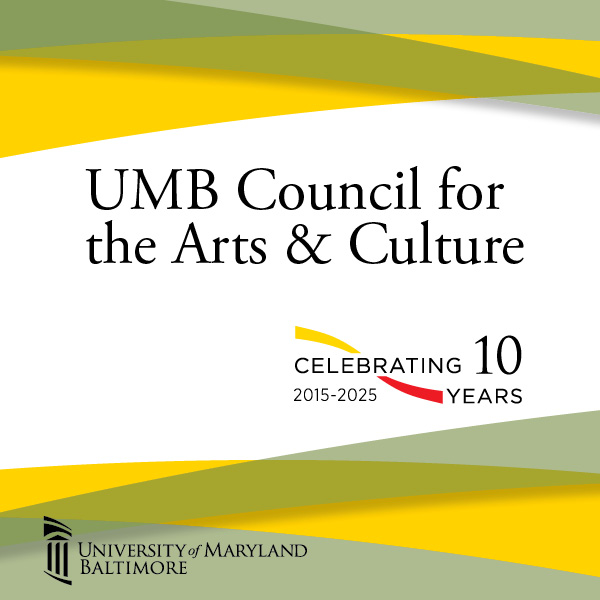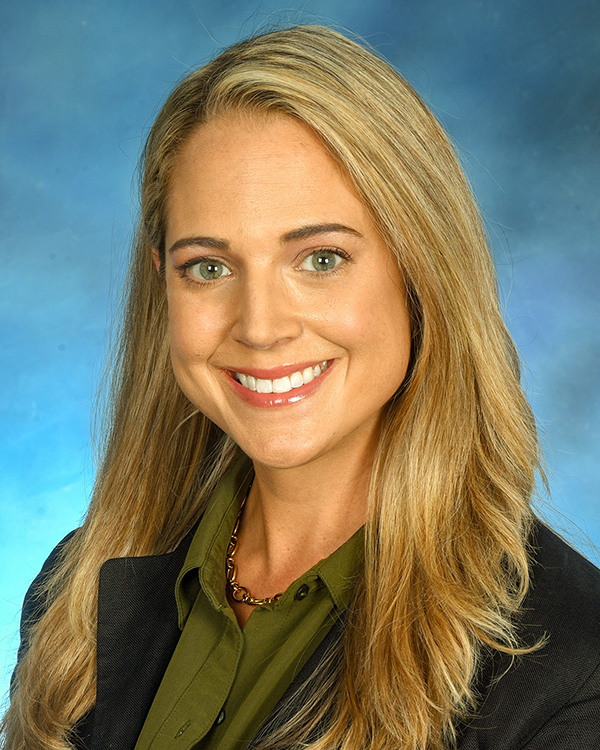UMB Council for the Arts & Culture Spotlight: Kelly Sikorski
September 17, 2025 UMB Council for the Arts & Culture
The Staff Senator and senior program specialist at the School of Medicine is committed to enhancing connections at the University by helping to provide access to art and cultural programming.
As part of its 10th anniversary celebration, the University of Maryland, Baltimore’s (UMB) Council for the Arts & Culture is featuring Q&As with its members on The Elm. This week, we shine the spotlight on Kelly Sikorski.
What is your name/school/job description at UMB?
Kelly Sikorski, MA, Senior Program Specialist, Center for Shock, Trauma and Anesthesiology Research, School of Medicine
Why did you join the Council for the Arts & Culture?
Years ago, as an undergraduate student, I worked on a place-bonding study that opened my eyes to the emotional connections people develop with their environments. I had never considered how spaces shape identity and foster attachment. Now, as the Staff Senate representative to the UMB Council for the Arts & Culture, I’m excited to enhance these connections by providing access to art and cultural programming on our campus. How do you believe the arts contribute to the community?
How do you believe the arts contribute to the community?
The arts contribute to the community at-large by serving as a powerful social catalyst that connects people to each other and to shared spaces. Accessible points of engagement transcend individual differences, foster dialogue across diverse groups, and give physical spaces distinctive character and meaning. By reflecting community values, art can help transform geographic areas into true communities where people feel they genuinely belong.
Is there an art organization, exhibition, performance, etc., in the area that you would recommend others to attend?
I enjoy visiting the Chamber of Wonders at the Walters Museum. This “Wunderkammer” — German for “wonder room” or “cabinet of curiosities” — showcases rare and unusual objects including natural specimens, artworks, scientific instruments, and other artifacts, collections that were popular in the Renaissance and early modern Europe. The installation represents collections typically created by European royalty or the merchant class, serving as precursors to modern museums. While the artifacts are striking and historically significant, the room also invites reflection on the imperialist and colonialist exploitation that enabled many such collections, reminding us to appreciate their beauty while acknowledging their complex origins.
What do you see as the role of arts at UMB?
By representing diverse perspectives and experiences in campus art and cultural programming, UMB is transformed into a vibrant community where staff and students feel personally invested in their environment. This attachment enhances well-being, builds pride in shared spaces, and strengthens our collective campus identity.
Outside of your work on the arts council, what is something that people might not know about you?
While working at Johns Hopkins, I used my tuition remission to earn a master’s degree in liberal arts rather than pursuing a more career-focused degree. It was a pure joy to enrich my understanding and appreciation of the arts — it was a worthwhile endeavor that continues to inform how I think, create, and connect with others.